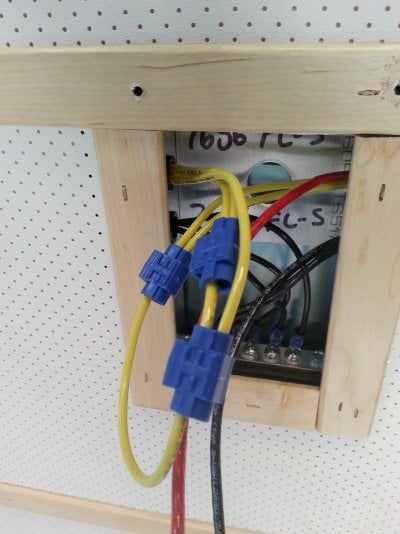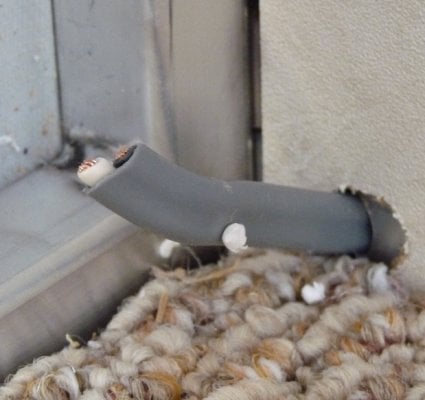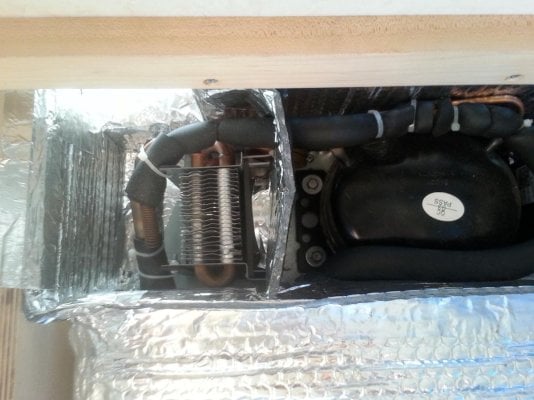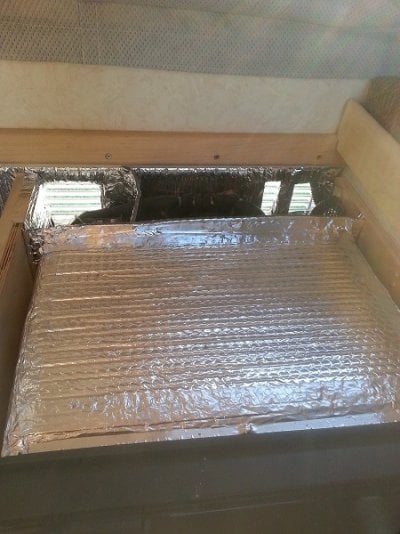Otis
Advanced Member
http://youtu.be/npOCVDVkft4
I just happened onto this video by Tom of FWC, in which he does a nice job comparing and contrasting fridge types. His discussion of power consumption by the 2-way and 3-way is in nice simple language for the non-engineer type (me!) I now know why running my fridge on DC while driving still sucks my camper battery way low. I will likely just run it on gas all the time from now on.
I had FWC retrofit their 100w solar panel and Zamp controller and we are completely satisfied. On my last 3 night outing (lows in the 20s, cool sunny days) the controller read full the entire stay; I have one camper battery, gas fridge, and used lights (led), water pump, and furnace as much as I wanted and didn't seem to ding the charge at all.
For us, solar has definately been worth it.
I just happened onto this video by Tom of FWC, in which he does a nice job comparing and contrasting fridge types. His discussion of power consumption by the 2-way and 3-way is in nice simple language for the non-engineer type (me!) I now know why running my fridge on DC while driving still sucks my camper battery way low. I will likely just run it on gas all the time from now on.
I had FWC retrofit their 100w solar panel and Zamp controller and we are completely satisfied. On my last 3 night outing (lows in the 20s, cool sunny days) the controller read full the entire stay; I have one camper battery, gas fridge, and used lights (led), water pump, and furnace as much as I wanted and didn't seem to ding the charge at all.
For us, solar has definately been worth it.





